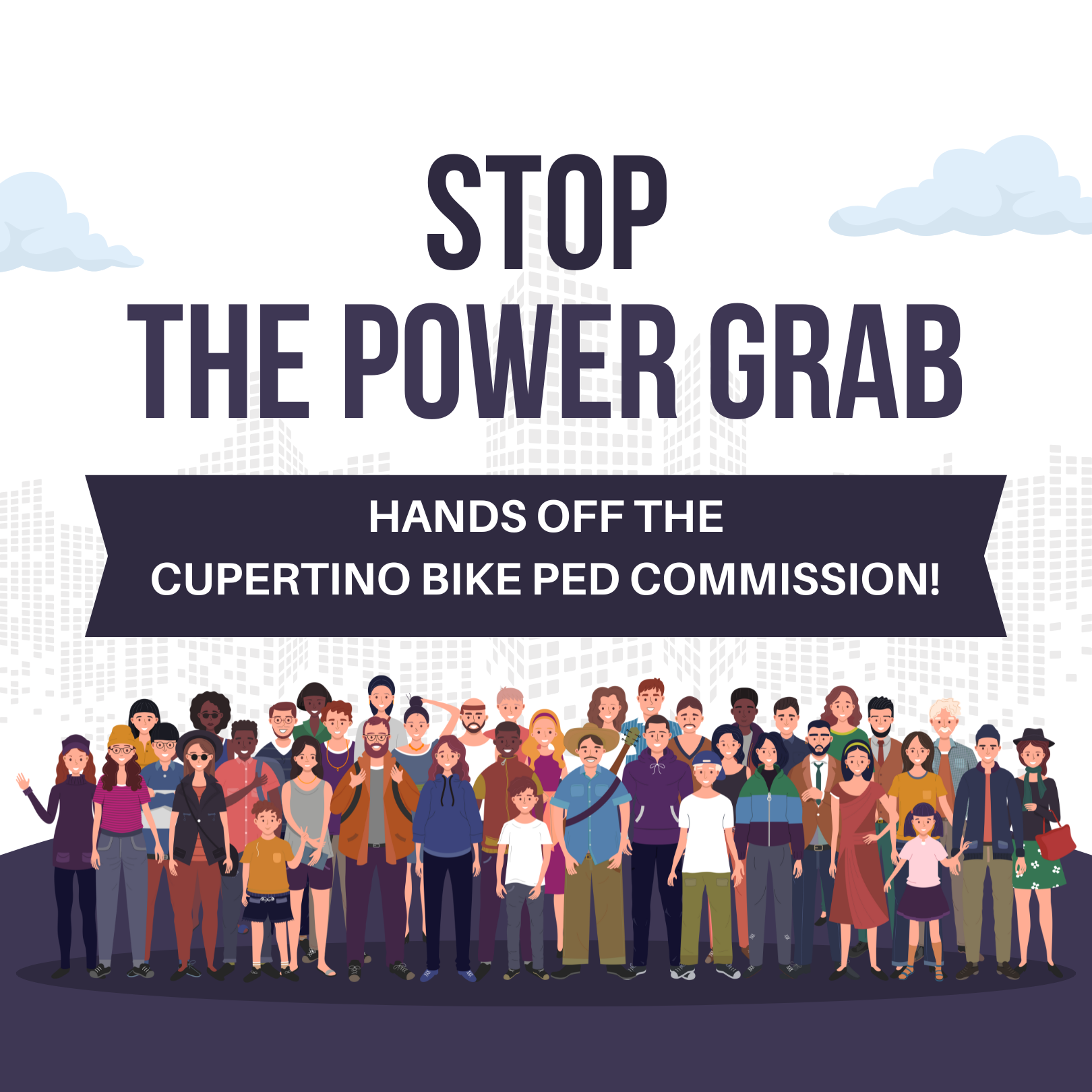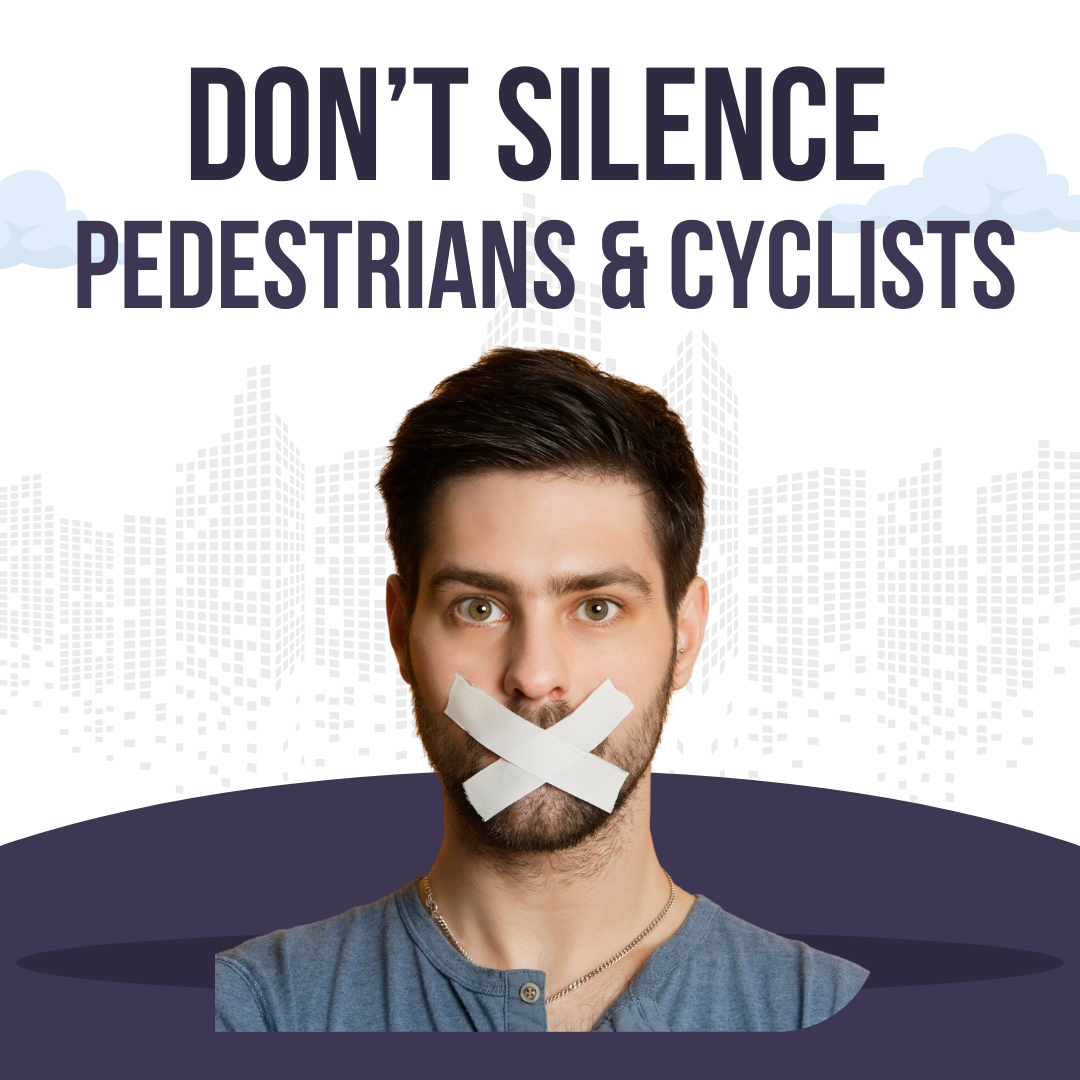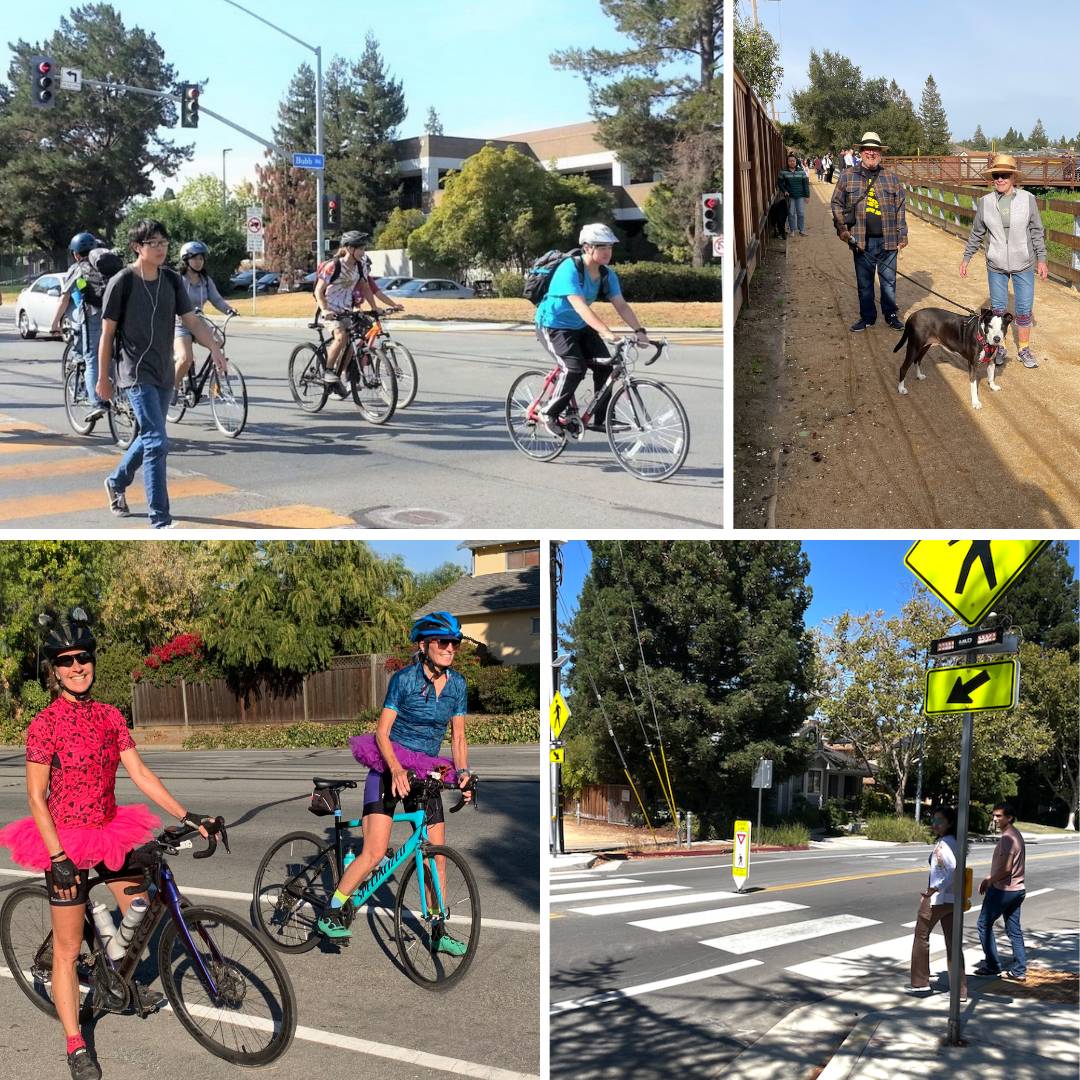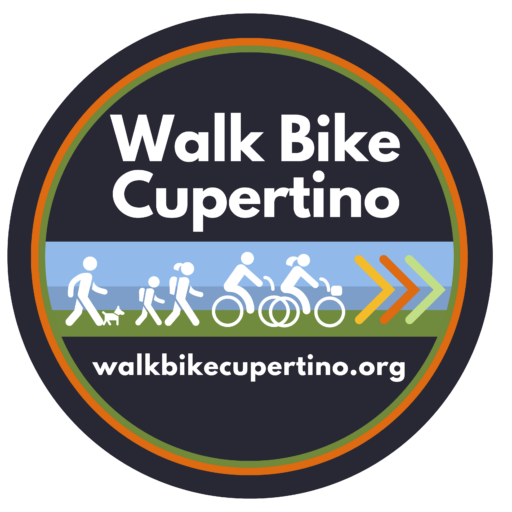
Cupertino is a community that values diversity in thought, culture, age, and identity. We celebrate major cultural festivals and host programs that support all ages and interests, for seniors, teens, hobbyists, dog lovers, the LGBTQ community, and more. When it comes to how we move around—whether by car, on foot, by bike, or via transit — our commission structure is in line with residents’ priorities as shown through numerous city surveys.
Right now, Cupertino has a dedicated Bicycle and Pedestrian Commission, but there is a power grab underway by the recently appointed Better Cupertino Planning Commission Chair Santosh Rao, supported by two Better Cupertino Councilmembers, Mayor Liang Chao and Councilmember Ray Wang. They have stated that they want to eliminate the Bike Ped Commission and fold Transportation under the Planning Commission.
That would be a mistake.
On paper, a combined Planning and Transportation Commission might sound efficient — why not let one group handle both land use and mobility? But in reality, this consolidation often leads to a narrow focus on development and cars, leaving behind the residents who walk, bike, roll, or rely on public transit.
An Unjustified Power Grab
Walk Bike Cupertino and the Bike Ped Commission have been remarkably effective over the past ten years. The city has made a lot of progress in making walking and biking safer for residents, especially students. This has unfortunately created a strong backlash of vocal opposition from a handful of car-centric residents. They see protected bike lanes, safer intersections, and reduced speeds as an assault on the way of life of car drivers and they want to silence the voices of pedestrians and cyclists, including seniors and children.
The newly hired City Attorney, in an attempt to support the Mayor’s agenda to eliminate the Bike Ped Commission, has proposed the following interpretation on the role of the Planning Commission: “the City Council has the authority to have the Planning Commission “perform other functions… including conducting studies and preparing plans…””. This is an absurdly over-broad interpretation which would allow the Planning Commission to claim jurisdiction over the work of ANY city commission and render them all meaningless. It likely would not stand up in a court of law.
These leaders are saying and showing they believe the rights and needs of car drivers matter more than the rights and needs of other groups in our city like students, seniors, and cyclists.

Five Reasons Why Eliminating the Bike Ped Commission is a Mistake
1. It’s unjustifiable.
Amost ALL Bay Area cities have a separate Bike Ped/Transportation Commission and Planning Commission. There’s no justification for combining the two commissions except to strip the Cupertino Bike Ped Commission of its power and diminish the importance of the issues faced by cyclists and pedestrians.
Bike Ped Commissions address a complete range of transportation-related issues, including safe pedestrian, cyclist, and car driver traffic flows, connectivity, and roadway design, parking availability, and more. They are responsible for a comprehensive approach to mobility that promotes safety, accessibility, and efficiency for everyone who uses the city’s roads.
| CITIES | STRUCTURE |
|
Atherton, Belmont, Brisbane, Burlingame Campbell, Colma, Cupertino, Daly City East Palo Alto, Foster City, Gilroy, Half Moon Bay Hillsborough, Los Altos, Los Altos Hills, Los Gatos Menlo Park, Millbrae, Milpitas, Monte Sereno Morgan Hill, Mountain View, Pacifica, Palo Alto Portola Valley, Redwood City, San Bruno, San Carlos San Jose, San Mateo, Santa Clara, Saratoga South San Francisco, Sunnyvale, Woodside |
Separate Planning Commission and Bike Ped Commission (some named Trails / Complete Streets / Traffic Safety/etc Commission) |

2. It silences vulnerable resident minorities.
People who care about safe streets are more likely to show up and participate when there’s a clear commission focused on that. Parents, teachers, seniors, children, and teens can speak up about the everyday barriers they face. With a separate Bike Ped Commission, their voices will be heard and considered not drowned out by the myriad land use issues overseen by the Planning Commission.
Why do Better Cupertino leaders want to make it harder for residents to be heard in decisions about walking, biking, and safe routes to school? Silencing these voices goes against all of our values as a city. It prioritizes the self-interest of car drivers and disregards the well-being of others. Cupertino is better than this.
3. It’s fiscally irresponsible.
California cities are expected to meet greenhouse gas emissions, active transportation, and mobility goals. A Bike Ped Commission keeps those goals front and center. It helps cities align with VTA, Caltrans, and other regional agencies on active transportation planning. This is critical for Cupertino to qualify for and obtain federal, state, and county transportation grants. The majority of the cost of transportation projects is covered by grants so this has a big fiscal impact on the city. The Planning Commission also requires significantly more staff resources (your tax dollars) for their meetings than Bike Ped Commission meetings. It’s irresponsible to make the residents pay more to be heard less.


4. It goes against our Cupertino values.
A Bike Ped Commission is designed to prioritize all users of our streets including car drivers, pedestrians, cyclists, wheelchair users, children walking and biking to school, and seniors going to the grocery store. It allows for deeper conversations about driving speeds, parking spaces, crosswalks, signal times, curb ramps, protected bike lanes, and Safe Routes to School.
Conversely, the Planning Commission is more concerned with land-use, permitting, zoning, setbacks, density bonuses, building height limits, and an aggressive state housing mandate. All the values we pride ourselves on as a community of safe walkability, bikeability, and quality of life would be a secondary concern at best for a combined commission.
5. It doesn’t reflect our Cupertino demographics.
There are over 13,000 K–12 students in CUSD, around 9,000 students in FUHSD high schools, and around 18,000 students at De Anza college. Cupertino residents 65 and older represent about 15% of our population — and rising.
These are the people who need crosswalks that feel safe, bike lanes that are protected, and sidewalks that are complete. A dedicated Bike Ped Commission ensures that their needs aren’t pushed to the bottom of the agenda.

We need YOUR help before it’s too late
Our strength is in our numbers. It’s in people like you who care about safe walking and biking for everyone, including vulnerable seniors and students. In only five minutes you can make a difference by sending an email to Council or calling in!
Sign up on the form below to join us in advocating that Cupertino should keep a dedicated Bike Ped Commission to handle all transportation issues. We’ll keep you updated with the latest news and action items on this important issue. Make your voice heard!

The Bike/Ped Commission is an essential part of good governance.
Founding member, Cupertino Bicycle/ Pedestrian Commission